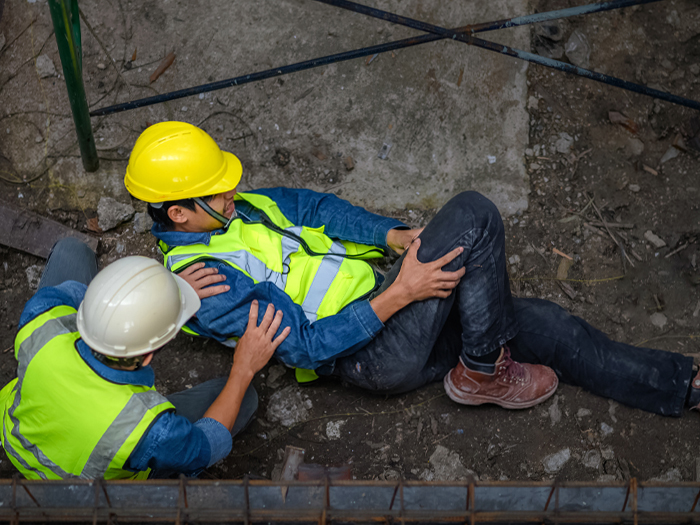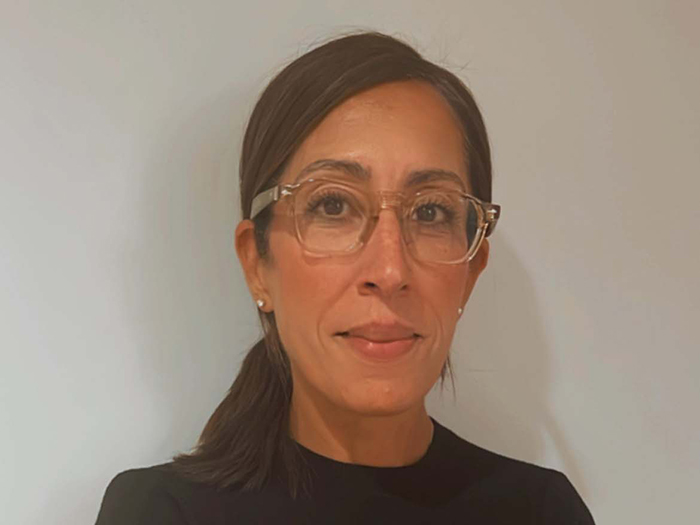Investigating Every Worker Injury Is a Smart Strategy — but Its Success Depends on Preparedness

The premise behind claims investigations is straightforward: “Our goal in workers’ compensation is to accept 100% of the claims that we should and 0% of the claims that we shouldn’t.” Sometimes, the distinction is clear, but other instances seem to fall into a considerable gray area, and their true nature may not be revealed for months — by which time conducting a proper investigation is practically impossible.
So explained the presenters of “How to Execute a Bulletproof Claim Investigation,” an interactive session conducted at this year’s National Comp conference in Las Vegas.
During the session, Michael Stack, CEO of workers’ comp risk management company Amaxx, and Stuart Colburn, shareholder at Dallas-based law firm Downs & Stanford, explored sound practices to ensure that claims investigations lead to lower workers’ comp costs and improved outcomes for injured workers.
A proper accident investigation, Stack explained, can save a company hundreds of thousands of dollars in workers’ comp costs. But far from being a strictly cost-saving measure, proper claims investigations should also have injured workers’ best interests in mind.
He and Colburn stressed that there’s a balance to be found: If workers know that every claim will be accepted unchallenged, it may encourage false claims — but just as importantly, if you reject or challenge every single claim, it sends the message that you don’t support your workforce.
Consistency, too, is vital to the process, not only to achieve the correct outcome of a particular investigation, but also to ensure that the data collected can be used to draw comparisons from injury to injury, which can ultimately aid a company’s efforts to provide appropriate care to workers, avoid future injuries and prevent fraud.
The Investigation Starts Yesterday
Perhaps the most important steps in any investigation are the ones you take before the injury even occurs: the steps that get you prepared to launch an investigation the instant it’s called for.

Michael Stack, CEO, Amaxx
Stack peppered members of the audience with a series of questions they should ask themselves about their preparedness: “How are you doing this? Do you have separate forms? Do you have a manager report? Do you have an employee report? Do you have an injured worker report? Are you getting their perspective in a form? Do you have a witness form? What do these forms actually look like? Are they open-ended questions? Are they just checkboxes? Are you setting yourself up for success out of the gates just by having the right structure? What’s the first piece of it? And then who’s responsible for the last piece of it? Who is responsible and accountable for properly completing this course? Who’s responsible and accountable for completing these forms? Now that you have the right form, who’s actually going to do it?”
If you’re asking yourself these questions after an injury has already taken place, it may already be too late. “That’s a huge, huge piece of the puzzle when you’re setting this up for yourself or for your clients,” Stack added.
Stack and Colburn have identified more than two dozen factors that might indicate further investigation is needed, but they also emphasized that, by the time these red flags appear, it may already be too late to go back and collect evidence; worksites change and memories fade.
For this reason, they said, preserving and documenting the scene of an accident immediately should be routine. Seemingly small injuries that spiral into chronic issues and are ultimately litigated without sufficient evidence can be just as expensive as major claims.
“Every single injury should be investigated like it’s a major injury,” they reiterated.
So after every accident, they said, a thorough collection of evidence should take place, not only to protect the company during litigation, should it occur, but also to demonstrate the integrity of your process to employees.
Keeping the Record Straight
During the investigation itself, the more documentation, the better. After securing a site with tape or cones to avoid the removal of evidence, investigators should record the date and location, as well as the names of injured parties and witnesses.
Video, photos and sketches can also prove invaluable. Investigators should ensure that video includes a slow 360-degree scan of the location, with commentary about any objects or people involved, their locations and directions of movement, and so on. It’s also vital to back up surveillance video, as it may be automatically deleted after a short period of time, and to look into other sources of footage.
“Some of the videos I’ve gotten have been videos from across the street,” Colburn said. “Don’t limit yourself to the videos that you’ve taken.”
Photos should include both closeups and wide shots — as well as reference objects for determining scale, if necessary — and be supported with ample notes.
Recorded statements are a must, but they should always be read in proper context.
“Philosophically, we want to get it right. Tactically, we want to document what actually happened,” Stack said. “Eyewitness testimony is not good. Video is good. Video doesn’t change its story. It doesn’t forget; it doesn’t tell itself a story of something different that happened.”
He added, “We document every single time we get good video, every single time we get good photos. Every single time. You’re going to have a lot less problems.”
That being said, statements are still an important part of any investigation, especially if the consequences reach beyond workers’ comp. Highly trained investigators, lawyers and adjusters will follow a proven system to conduct interviews for potential future use.

Stuart Colburn, shareholder, Downs & Stanford
The goal of an interview is to gain as much useful information as possible from both injured worker and witnesses, Colburn said, which can help to establish a timeline of their whereabouts and help to direct the investigation.
He offered up “Colburn’s 5 Cs” for interviewing: comfort, conversation, confirm, confront and conclude.
While some steps (such as “confront”) may not apply to every situation, Colburn emphasized the importance of step 3, confirm, particularly as it applies to “pursuing the no” — an interview tactic during which the investigator continues to repeat information back to the interviewee and ask them if they have anything more to add until they get a firm “no.”
During the “conclude” stage, an investigator can begin to rephrase information in their own words until the interviewee confirms it. By the time an interview is complete, every detail should have been confirmed three times.
But what separates a good interview from a great one is the ability to then corroborate the information it includes with other forms of evidence.
Plan Ahead, Not Behind
No investigation will achieve maximum effectiveness unless all the pieces are already in place before the injury occurs.
“This may sound too simplistic, but have a plan,” Colburn said in a statement to Risk & Insurance in advance of the session. “And then know that no plan survives first contact with reality.”
Preparation is key. Anyone who might be part of an investigation should routinely review their plans, including their individual forms for supervisors, employees and witnesses, and put in place a clear protocol for whose responsibility it is to get these forms completed.
This plan should also include a protocol for who will document the investigation and how; a checklist of all the data to secure and store, such as electronic evidence and video; consideration for other expert involvement; and criteria to determine when legal counsel should be involved.
Regular reviews and dry runs allow investigators to identify gaps in their plans and work toward more consistent application of their processes.
At the conclusion of the session, Stack stressed that all the information they’d presented is useless unless it’s properly implemented, and encouraged attendees to identify actionable items — even if only one or two — that they could put into effect.
“We’ve covered a lot of information during our time together,” Stack said. “What are you going to do with it when we leave here?”
When offering up suggestions like reviewing the accuracy of your last five incident reports to determine how accurately they captured information or rehearsing the interview process to successfully “pursue the no,” they made it clear that preparation is essential. &










